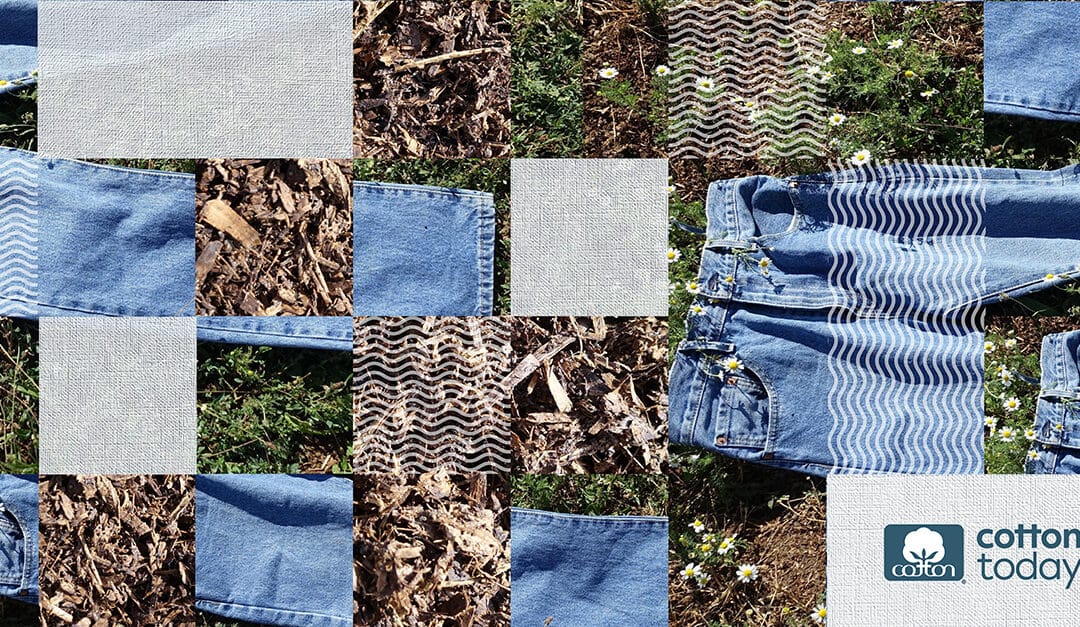Cotton Clothes Can Become New Products, Materials, and Energy
The science and technologies that allow us to recycle cotton into new textiles and products are constantly evolving. Of course, cotton can be recycled to create new clothes, but this is not always the most efficient way to reuse cotton materials. Recycled pre- and post-consumer cotton textiles can also be used in a wide variety of nonwoven products, ranging from wet wipes, filters and automotive applications, to building and construction materials. This type of recycling is ideal for scrap materials or well-worn garments that are difficult to turn into new textiles.
One of the best-known cotton recycling programs, the Blue Jeans Go Green™ denim recycling program, was started in 2006. Denim collection efforts began on college campuses across the U.S. and have evolved over the past 15 years to include over 80 campuses and nearly 100 participating brands and retailers. Since the program started, over 3,900,000 pieces of denim have been recycled – diverting over 1,950 tons of textile waste from landfills. Collected pieces of denim have been recycled and manufactured by Bonded Logic, Inc., into UltraTouch™ denim insulating material used in various applications from home building and cold shipping solutions packaging to automotive and home appliances. As a result of the denim collected over 7,000,000 square feet of natural cotton fiber insulation for has been created. Historically, a significant amount of the building insulation has been granted to Habitat for Humanity, a non-profit helping people repair and improve homes, and other community building projects across the U.S. The Blue Jeans Go Green™ program collaborates with many brands and retailers to offer consumers denim recycling in-store and online, with many providing discounts on new denim apparel items in exchange for recycling unwanted jeans. Additionally, the program offers individuals, corporations and organizations across the U.S. the opportunity to get involved through contributing denim via corporate responsibility initiatives and mail-in options.1
Bioenergy production from waste cotton clothing is yet another way to give life to products that cannot be reused, while also reducing greenhouse gas (GHG) emissions. The combustion of cellulose biomass found in discarded cotton textiles to create electricity could save 68 million tons of CO2 equivalent per year2 – enough to power more than 7 million homes for one year.3
In addition, a new project is underway to turn cotton into new biobased building blocks through a chemical recycling process. Cotton is nearly pure cellulose, which is a naturally occurring sugar molecule and the building block of a plant’s cell wall. Researchers at North Carolina State University (NCSU) and Cotton Incorporated have identified a highly efficient process that takes advantage of this by essentially turning cotton back into cellulose – a bio-based product that can be used to make sustainable chemicals and additives.4
Because cotton is nearly pure cellulose, it readily degrades in the natural environment, and studies have shown that cotton fabric biodegrades in an industrial compost.5 Once cotton fabric has reached the end of its life it can biodegrade in soil6 for use in future crops.



